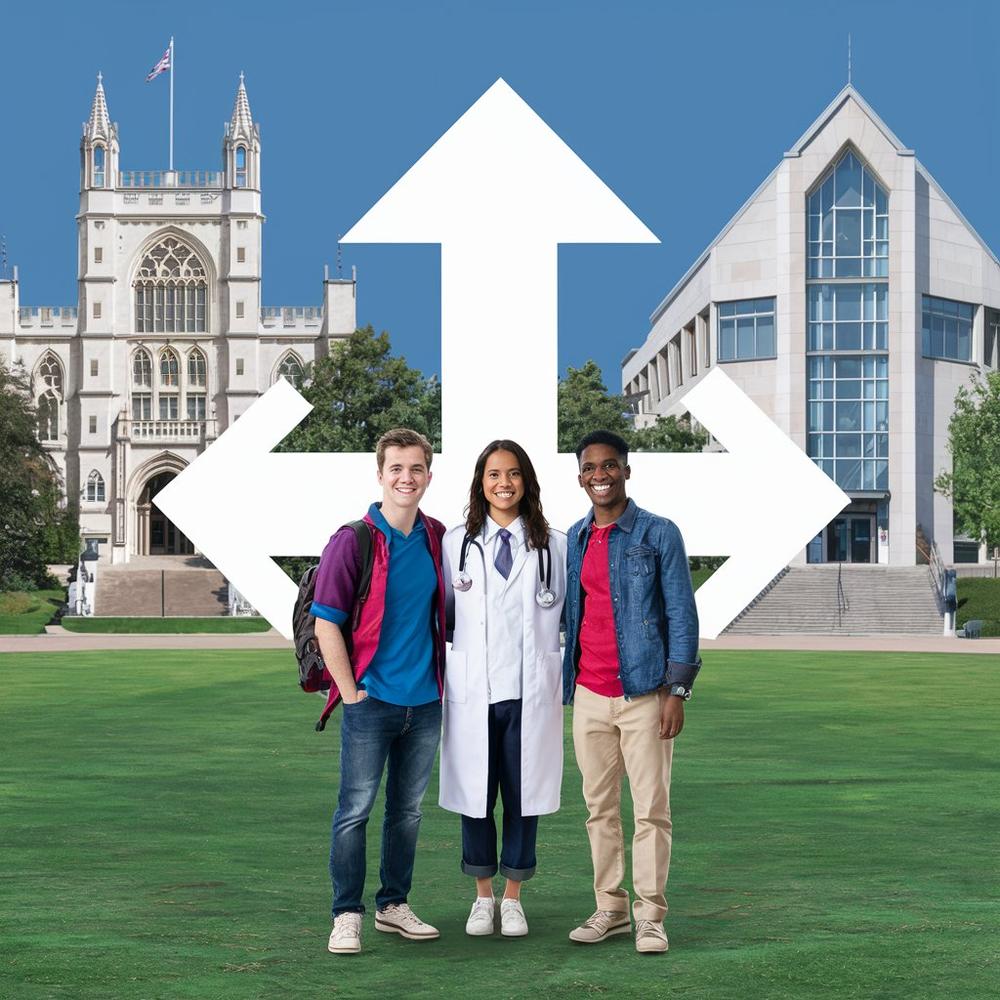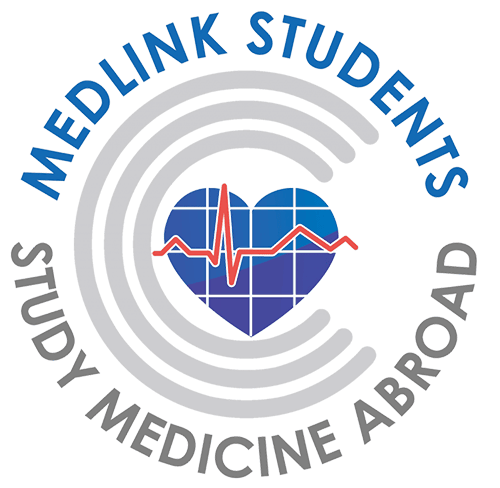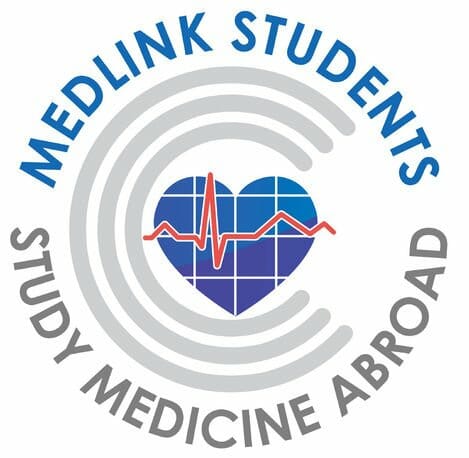Understanding Medical School Transfers: A Guide for Realistic Expectations


For some, transferring between medical schools is a choice, while for others, it’s simply a necessity. Whether you're looking for a new academic environment or need to relocate due to justified reasons, understanding the medicine transfer process is essential.
This blog is designed to serve as the go-to guide to help medical students like you understand the process of transferring between medical schools while setting realistic expectations and preparing you for a smooth journey.
Let’s get straight into it.
How Transfers Work
A common misconception is that transferring between universities is a simple process that just takes a few administrative steps, but that’s not true at all. Although changing med schools can seem accessible, there are 2 crucial aspects you need to understand first:
Understanding Curriculum Differences
Medical schools are required to follow national and international standards and teach specific materials, but each university has its own curriculum and list of subjects that are taught each year. However, the subjects are taught in different order, in different years and for a different number of hours in each country.
In the case of medical university transfer, universities evaluate your prior study hours per subject, credits, syllabus (topics covered), and grade against their curriculum to determine whether you can carry over your earned credits (check below) and hours.
However, you must keep in mind that not all subjects may align perfectly, and you could have to make adjustments to your study plan. A study plan is composed of, at minimum, the subjects, the sequence of studying these subjects, credits, teaching hours and topics covered for each subject. Understanding these discrepancies is the first step to ensuring an easy transition into your new med school.
The Credit Transfer Process
- To make it easier for both students and medical schools, every successfully passed course gives you a ‘credit’. For instance, in Europe, the most widely used credit system is The European Credit Transfer and Accumulation System (ECTS). It is used as a standardised means to assess credits that make medical school evaluations and transfers as transparent and smooth as possible.
- When a students decide to change medical schools, the new university they wish to attend will review their accumulated credits. They will assess whether the student's credits align with their programme's requirements and if they have learned the necessary subjects that will allow them to transfer to a higher semester.
While many of your credits may transfer directly, differences in the curriculum can lead to having to do additional studying to fulfil the prerequisites for transfer.
Will I Have to Repeat Any Semesters After the Transfer?
When universities assess your credits, they will tick off the subjects that you’ve already passed, so you won’t have to study them again. However, due to curriculum differences, there may be subjects that you have not gone through yet or for which you don’t have enough hours yet.
This can happen when moving to the next academic year or even if you're just switching to a different university during the same year. In such cases, you will need to go through the subjects first before being able to transfer into your desired year.
No reputable university will let you advance to the next academic year if you haven’t covered and closed off all the necessary course material, especially when studying medicine. Don’t worry, though - in most cases, an additional semester or two is enough to balance out the differences in curricula.
It's essential to understand that this compromise is necessary at any legitimate university, regardless of the country. If you come across anyone suggesting a workaround, it would be best to avoid them. They might represent an unaccredited university, or, even worse, they could be involved in fraudulent activities.
Medlink Students offers a free consultation with our expert academic advisors to help you find the ideal university to transfer to. We have a strong network with the top 100+ accredited and internationally recognised universities in Europe and the Caribbean. Medlink Students’ doctors also ensure that you’ll have a strong case when transferring to ensure you get into the highest possible semester while still meeting the requirements of the university for successful graduation and certification by the local regulatory authority in the country you wish to transfer to.
Sign up for your free consultation and take advantage of our 12+ years of experience in guiding students towards achieving their dreams of becoming a doctor.
Have Realistic Expectations
It's essential to approach the transfer process with realistic expectations. Differences in curricula might mean extending your studies a bit, but this adjustment is the only way to ensure that you receive a comprehensive medical education.


Remember, going through a high-quality and accredited medical programme is a crucial step toward becoming a knowledgeable and successful doctor. Being mentally prepared for the possibility of taking an extra semester or 2 will help you plan more effectively and set realistic academic goals. While it is great just to get admitted into the year you want to and continue your education from the point you stopped at your previous university, it’s essential to take into account several factors:
Credit Approval and Recognition
When you graduate, the Ministry of Education in the country where you completed your studies will want to ensure your credit transfer was completed correctly and without shortcuts before certifying you as a successful graduate doctor.
That’s why Medlink Students creates a strong file justifying the transfer of each credit in your transcript to maximise the transfer of as many credits as possible. Typically, this is done by speaking with the professor or head of department for each of your subjects at your new medical school and showing them your syllabus, transcript and grades.
Then, a case is made to your professor to show that almost all of the topics taught in their subject (let’s say Biochemistry) have already been studied by you at your previous university. Usually, this takes several rounds of discussion and negotiation. Once an agreement is reached, the professor is then required to present a signed approval to their subject’s department committee at the Faculty of Medicine, confirming the acceptance of your credits in their entirety.
This is done for each and every subject in your transcript, which makes it a lengthy and complicated procedure.
Transfer Committee and Dean Approval
After gaining approval from each department for the transfer of credits for as many subjects as possible, the file is brought back to the transfer committee. The committee is independent of the professors, and they must also approve your credits. The file is then forwarded to the admissions department, which has to get final approval from the dean. After this, the transfer is finally justified.
As you can see, your transfer file has to go through several layers of approvals, starting with the professor, then the department of the professor, the transfer committee, the admissions office, and finally, the dean. If any questions come up later in the process, the file is sent back to the stage where the issue first came up. The process continues only after both parties reach an agreement, after which the file has to once again progress through the rest of the stages. This can significantly lengthen the process.
Stop Subjects
Some subjects are stop subjects, such as Anatomy. This is a subject that is absolutely mandatory for you to pass and have credits for in order for your file to progress and to have your other subjects approved.
This is because each university will have approval from the Ministry of Education to teach the subjects in sequence; this is mainly for subjects that are considered essential, such as Anatomy, Biochemistry or Internal Medicine.
Other subjects can be carried forward and studied later. For example, your destination university has Medical Terminology in year 1, but you haven’t studied or passed this subject yet. Since this is not always considered a stop subject, it can be studied as an extra catch-up course in a higher year.
However, stop subjects have to be approved; otherwise, you won’t be able to transfer to a higher year than the year that the subject is taught. For example, Anatomy must be completed by year 2 at the university you want to transfer to before you can advance to year 3 due to the way the curriculum is designed.
What makes transfers even more difficult is that each university has its own rules and regulations, which adds another layer of complexity to the work that Medlink Students does on your file. With Medlink Students, you wouldn’t have to worry about doing any of these lengthy and complicated procedures with the university since we will take care of the transfer process in its entirety for you.
How to Transfer
Changing medical schools is a process that involves many steps, and understanding each of them is crucial for a smooth transfer process. We recommend reading our informative blog on How to Transfer Between Medical Schools to learn what you need to do if you feel like you’re ready to transfer.
Conclusion
In conclusion, transferring medical schools is a big step that requires careful understanding and planning. The most important things are knowing how courses match up and being prepared sometimes for potential extra study time. With Medlink Students, we do all that we can by using our expertise, time and experience to reduce this time as much as possible while still complying with the local regulations to ensure you have the necessary credits to graduate successfully.
Just remember to do your research, prepare well, and pick accredited schools that fit your future plans. This way, you can make your transfer smooth and keep moving forward in your medical career.
Q&A
1. Can I transfer between medical schools at any point during my studies?
Yes, it's possible to switch between medical schools at various points in your studies, whether you're moving into the next academic year or staying within the same year. However, the process involves careful consideration of curriculum differences and credit transfers and usually, it can only happen after a semester has ended.
2. How do curriculum differences affect my ability to transfer?
Medical schools follow their own curricula, so when you transfer, the new school will compare your completed coursework against its own curriculum. There’s a chance that not all of your credits and hours may align since each country and university teaches certain subjects at varying points throughout their programmes.
3. What is the credit transfer process like?
Each successfully passed course at your current medical school equates to a certain number of credits. When transferring, your new school will review these credits to see if they match their course requirements. This is a lengthy and complicated process, and differences in the curriculum may require you to complete additional studying.
4. Will I have to repeat any semesters after transferring?
If your new school's curriculum includes subjects you haven't covered yet, or if you haven't completed the necessary hours for specific courses, you may need to take extra classes. Usually, an additional semester or two will suffice to cover these gaps.
5. How should I prepare for a potential transfer?
Approach the transfer process with realistic expectations. Be prepared for the possibility of extending your studies due to curriculum differences. For a detailed guide on the steps involved in transferring medical schools, check out our blog post on "How to Transfer Between Medical Schools".
6. What are the risks of transferring to an unaccredited university?
Transferring to an unaccredited university can ruin your medical education and future prospects. These medical schools are not approved and do not provide the comprehensive education required to become a competent doctor. Always verify the accreditation status of any university you consider transferring to.
Our expert academic advisors at Medlink Students can guide you toward choosing a reputable, accredited, and internationally recognised university. Sign up for a free consultation, and we will help you find the perfect medical school to which you can transfer.
Leave a Reply

About Medlink Students
Leading international recruitment company for medical students in Europe. British Council Certified Agents. 10+ years of experience and more than 10,000 students advised.








